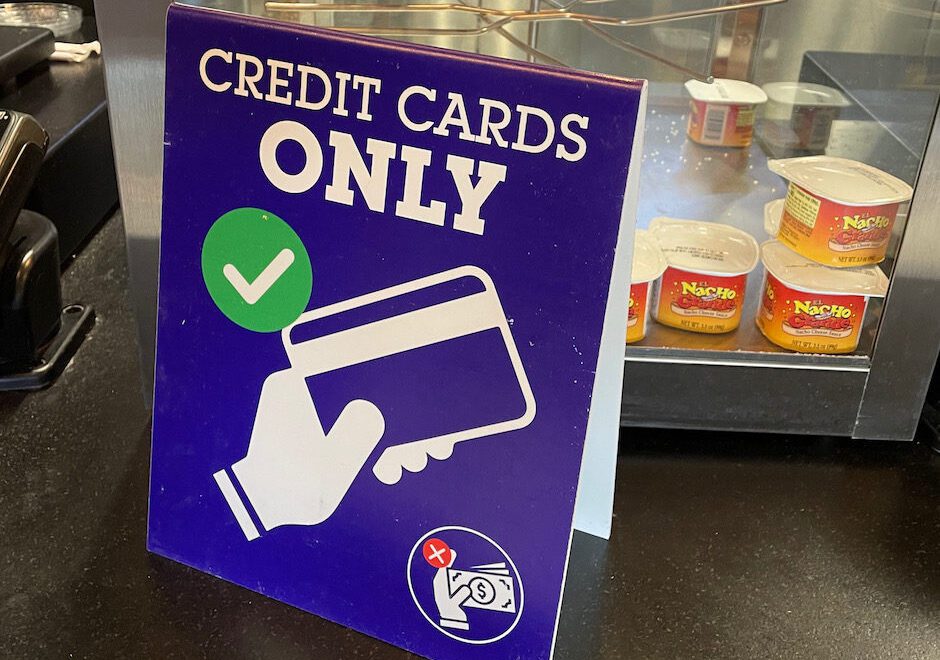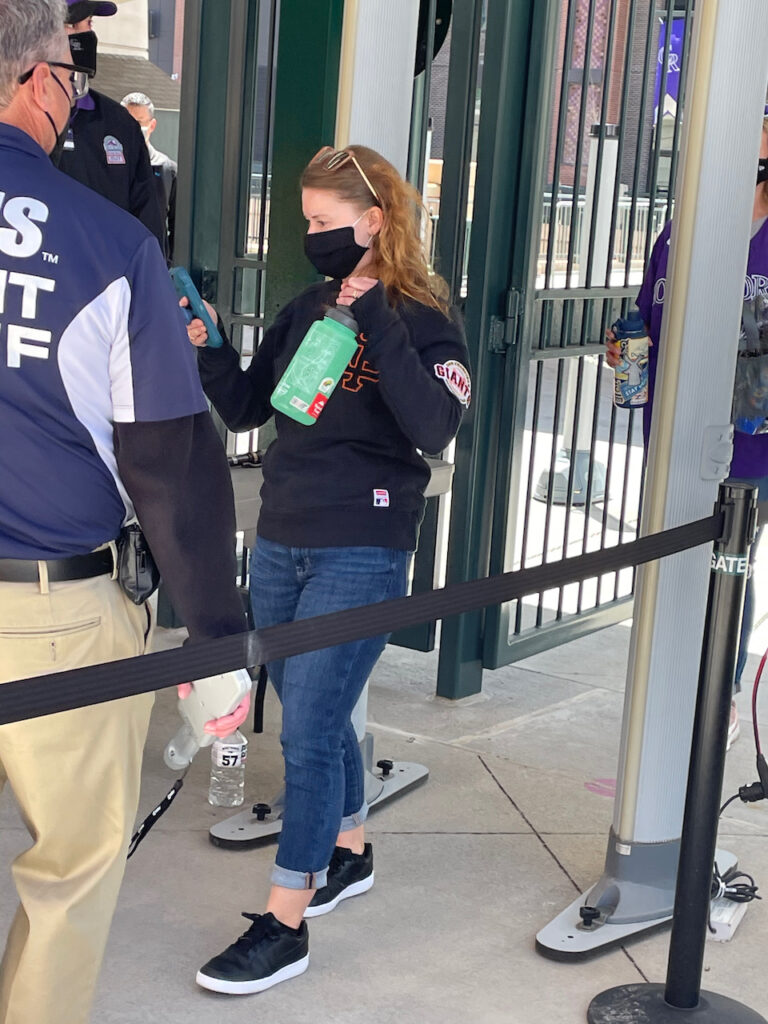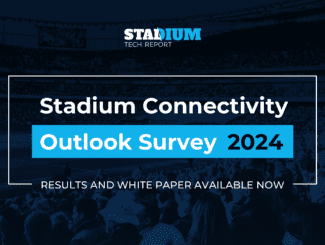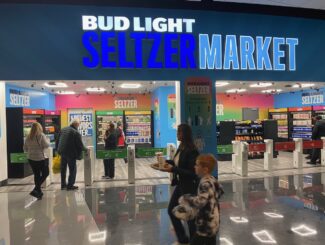
As spring turns into summer, it seems like every day there are new pieces of good news arriving. With more areas of the country seeing the pandemic in recession, more and more cities and states are giving venues permission to hold full-attendance events. For those of us in the events business as well as those who drive our business — the fans — it’s a welcome shift. But the pandemic? Hate to say so, but it ain’t over yet.

As mask requirements in the U.S. start to fall by the wayside and vaccinated people are beginning to return to “normal” lives, it’s tempting to just say “it’s over.” But that’s not really true. Just look to Japan, where the Olympics will be held with no fans, to try to keep the Covid-19 virus at bay. Or look to other parts of the world where infections linger on. New variants of the virus are starting to cause small increases in infections here in the U.S., mainly in places where vaccination levels are low.
So yes, if your region says it’s safe, go ahead and hold your events. But it’s still a good time to ask your school, team or venue — are there ways to use technology to help keep fans protected as they come back? If fans are returning, is your venue really ready to make them feel safe and welcome?
Focus on the entry
In our previous coverage of what venues were doing to help keep fans safe as events started to happen again, the simplest thing venues could do was eliminate lines. Today, most people understand the idea of social distancing in public situations. If venues can eliminate lines or make them shorter and faster it’s an easier task for all involved.
The first place to try to whittle down lines is the most obvious, entry into the stadium or arena. While every venue we’ve talked to has made the shift to requiring digital tickets for entry, the question remains — are venues ready technologically to handle the shift to digital ducats?
What that means on the most basic level is, does your venue have adequate connectivity just outside the doors — the very place where many fans realize they need to download their tickets? In our lead profile this issue the IT team at the Colorado Rockies told us about a big paradigm shift from several years ago. They purposely cut off Wi-Fi access just outside the stadium gates (mainly to keep it separate from the nearby residential buildings). In the Rockies’ offseason deployment of Wi-Fi 6 the team went the other direction, adding significant coverage around the stadium’s exterior, especially outside the entry gates and even extending into the new McGregor Square area adjacent to the ball park.
At FC Cincinnati’s new TQL Stadium (profiled in our previous issue) the same thinking was in place: Third-party DAS operator Mobilitie designed in extra coverage for spaces outside the main entry, with the historical knowledge that many fans don’t think about downloading a digital ticket until they are within sight of the stadium.
A second step some venues have taken is to upgrade the next choke point in fan-entry flow — metal detectors. We’ve not been out to see new detector systems live, but reports from our field scouts tell us that the walk-through detectors at Wrigley Field — where fans don’t have to take things out of pockets or purses — are light-years better than the systems they replaced. Similar systems installed at Miami’s Hard Rock Stadium got thumbs-up from fans. Is your venue moving in this direction or will your detector line still resemble an airport?
Concessions: Less cash, more automation
We’ve also profiled how concessions technology can help venues keep fans safe by reducing person-to-person contact. By adding more automation to the ordering and fulfillment of drink and food, lines are shrinking.
Major League Baseball took things a step further than most leagues by requiring that all concessions purchases be made through the league-standard Ballpark app. But judging by some early problems with the process, more fan education and maybe some in-person help might have been warranted. Many venues reported issues like orders not going through or fans not completely understanding the process at the early games this season. It might be low-tech, but increased signage with online ordering instructions and even some “ambassador” type staffers might not be a bad idea to help fans new to the process.
As a team or venue it’s also good to ask if the wireless coverage in and around your concessions areas is at full strength, making sure that the increase in wireless traffic can be handled both on the client side and on the back-end processing side.
It’s encouraging to see more venues experiment with new technologies. TD Garden opened a couple of walk-out stores earlier this year (where cameras and sensors record what fans are buying) using technology from Amazon. Zippin technology powered a new store at AT&T Center in San Antonio. And Mashgin will have its checkout technology will in place at the PGA Tour’s Travelers Golf Championship in late June. Mashgin camera scanners look at what a fan is buying and then post the cost on a nearby card-payment machine.








